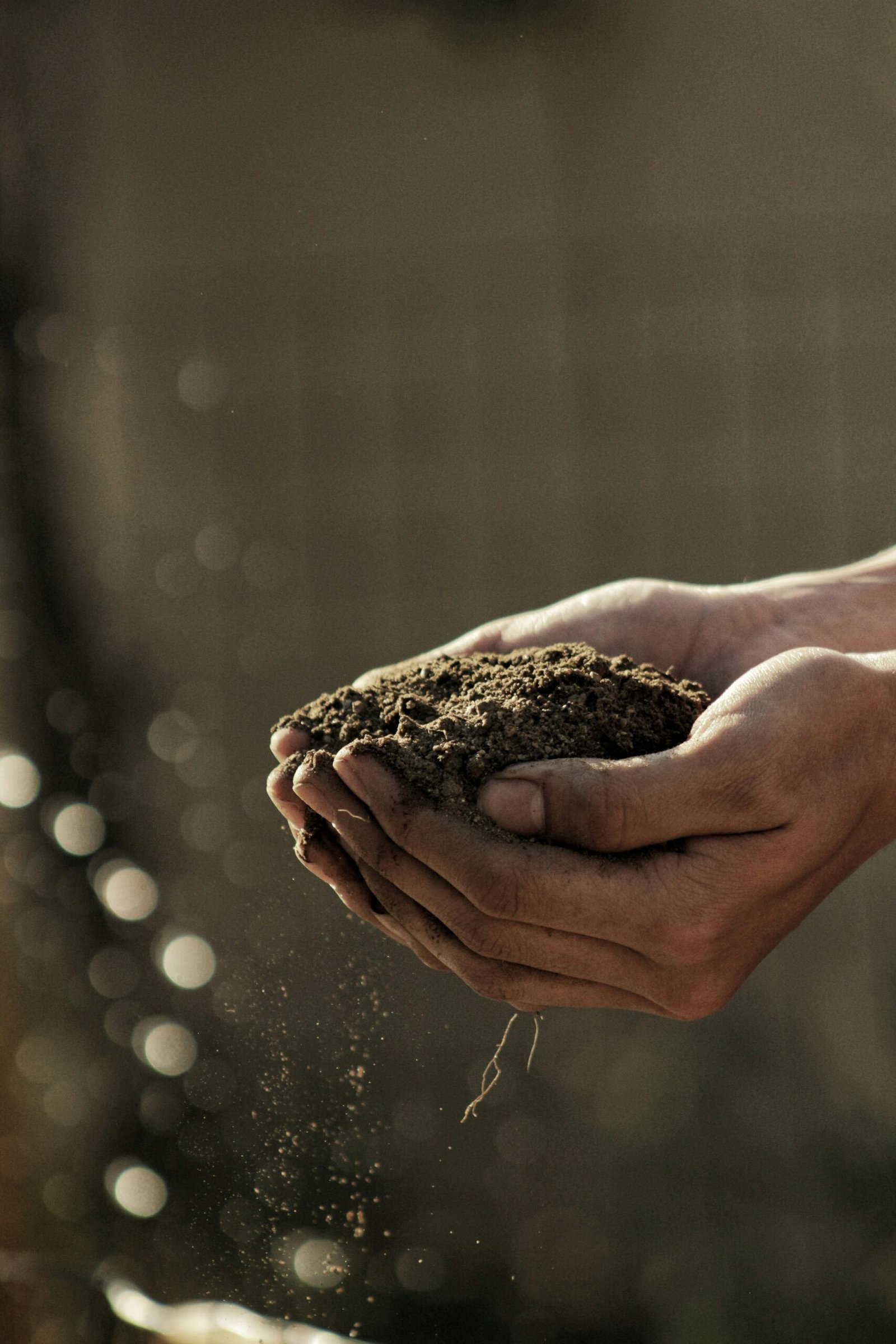Understanding the Topmost Layer of Soil
- 97 Views
- newsindia
- February 9, 2024
- Agriculture
Soil is a complex and dynamic natural resource that plays a crucial role in supporting life on Earth. It is composed of various layers, each with its unique characteristics and functions. Among these layers, the topmost layer, known as the topsoil or the A horizon, is of particular importance. In this article, we will explore the significance and composition of the topmost layer of soil.
What is the Topsoil?
The topsoil is the uppermost layer of soil, typically ranging from 2 to 8 inches in depth. It is rich in organic matter, minerals, and microorganisms, making it vital for supporting plant growth and providing essential nutrients.
Composition of the Topsoil
The composition of the topsoil can vary depending on factors such as climate, vegetation, and geological history. However, it generally consists of the following components:
- Mineral Particles: The topsoil contains a mixture of different-sized mineral particles, including sand, silt, and clay. The proportions of these particles determine the soil’s texture, which influences its water-holding capacity and fertility.
- Organic Matter: Organic matter is a crucial component of the topsoil. It is derived from decomposed plant and animal material, contributing to the soil’s fertility, structure, and moisture retention. Organic matter also provides a habitat for beneficial soil organisms.
- Water and Air: The topsoil contains pore spaces that allow for the movement of water and air. Adequate water and air circulation in the soil are essential for root respiration, nutrient uptake, and overall plant health.
- Microorganisms: The topsoil harbors a diverse community of microorganisms, including bacteria, fungi, and archaea. These microorganisms play a vital role in nutrient cycling, decomposition, and the suppression of harmful pathogens.
- Nutrients: The topsoil is rich in essential nutrients, such as nitrogen, phosphorus, and potassium, which are vital for plant growth and development. These nutrients are made available to plants through biological and chemical processes.
Functions of the Topsoil
The topsoil performs several critical functions that are essential for sustaining life:
- Plant Growth: The topsoil provides a medium for plant roots to anchor and absorb water and nutrients. Its rich composition supports healthy plant growth and contributes to high agricultural productivity.
- Water Retention: The topsoil has the capacity to retain water, preventing excessive runoff and facilitating its gradual release to plants. This helps to maintain soil moisture levels and reduces the risk of drought stress.
- Nutrient Cycling: Organic matter in the topsoil undergoes decomposition, releasing nutrients that are then taken up by plants. This continuous cycle of nutrient availability is crucial for sustaining plant growth and ecosystem functioning.
- Filtering and Purification: The topsoil acts as a natural filter, removing pollutants and contaminants from water as it percolates through the soil layers. This filtration process helps to protect groundwater quality.
- Erosion Prevention: The topsoil plays a vital role in preventing soil erosion. Its structure and organic matter content improve soil stability, reducing the risk of erosion caused by wind or water.
Importance of Preserving the Topsoil
Despite its significance, the topsoil is vulnerable to degradation through factors such as erosion, pollution, and improper land management practices. It takes centuries to form just a few inches of topsoil, making its preservation crucial for sustainable agriculture and ecosystem health.
Protecting the topsoil involves implementing practices such as crop rotation, contour plowing, terracing, and the use of cover crops. These practices help to minimize erosion, maintain soil fertility, and promote long-term soil health.
Conclusion
The topsoil, as the uppermost layer of soil, is a vital component of the Earth’s ecosystems. Its rich composition and functions support plant growth, nutrient cycling, water retention, and filtration. Preserving the topsoil is crucial for ensuring sustainable agriculture, maintaining ecosystem health, and safeguarding the planet’s natural resources for future generations.
- GlucoRelief on Exploring Uttar Pradesh: A Dive into its Districts and List of Districts in Uttar Pradesh
- butik on Kylie Jenner Reveals Why She Dislikes Bella Hadid…
- Google Ads Agency Account on Kylie Jenner Reveals Why She Dislikes Bella Hadid…
- A2 Hosting VPS Hosting $2.99 a month on Kylie Jenner Reveals Why She Dislikes Bella Hadid…
- deniel on The Beginner’s Guide to Link Building and SEO
- Agriculture
- Article Submission Sites List
- Automotive
- Business
- Career
- Dating
- Digital Marketing
- Education
- Entertainment
- Environmental Issues
- Fashion
- Food
- Food & Cooking
- Global Updates
- Health
- Health and Wellness
- History
- Lifestyle
- Marketing
- Outdoor Activities
- Professional Development
- Religious
- Restaurant Marketing
- Science
- Social Media
- Spirituality
- Sports
- Technology
- Travel
- Uncategorized

